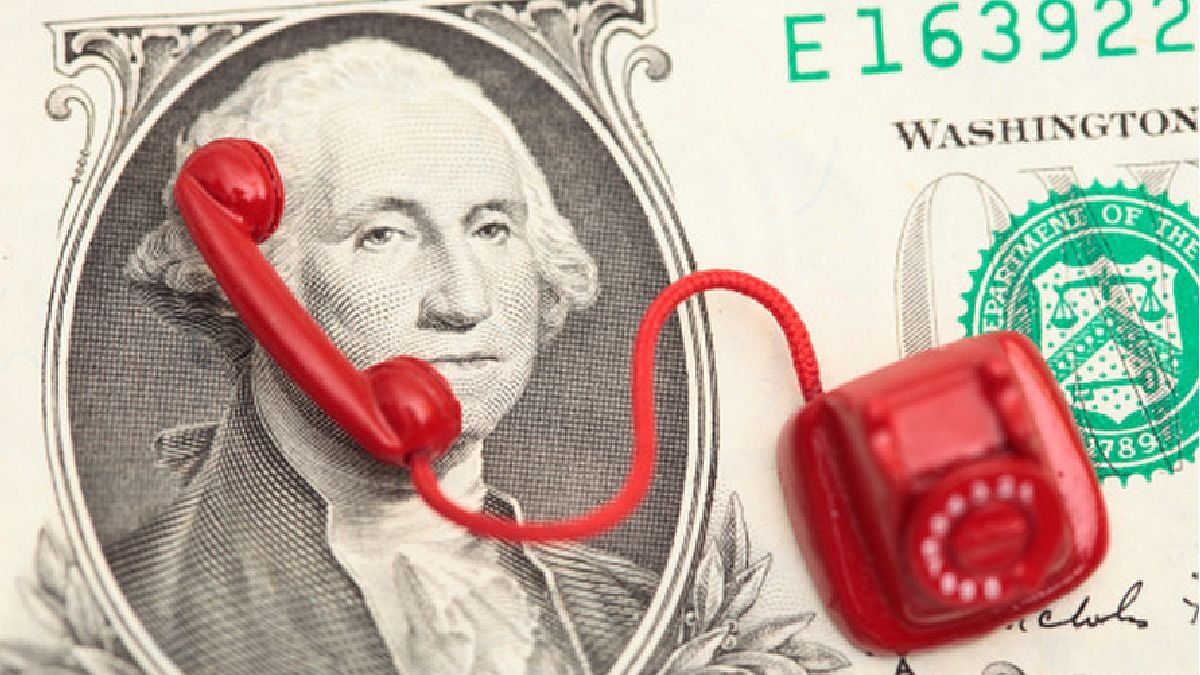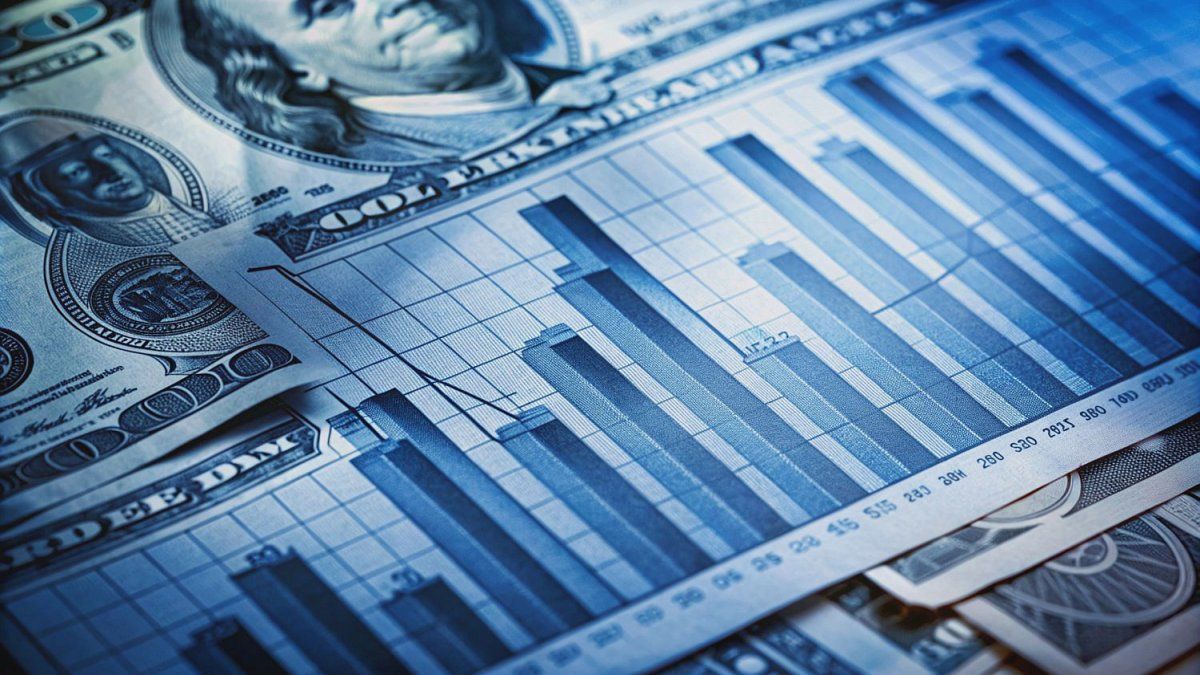What about reservations?
-For 4 months they have been around US$ 38,000 million, reliable sources indicate that US$ 6,000 million could arrive, of which US$ 2,700 would come from international organizations, but it is unknown where the rest would come from. If there is not a significant increase in reserves, it will be difficult to get through the summer. The drought is pressing, there is little soybean planted, wheat is scarce as well as first-class corn, if the dry weather continues, the problems are exacerbated.
What happens to the weights?
– Four months ago the monetary base was frozen, which stands at $4.3 million million, and they don’t let it rise above that level. In the last year it increased 46.3% when inflation would be at 88.0% per year. This contraction of pesos with rising rates is lethal for economic activity. A second look is at the stock of pesos that are left over and are withdrawn from the market via leliq and other instruments, in the last 4 months this stock went from $6.8 million million to $8.7 million million, it is a true time bomb. This generates a monthly interest payment that was located in October at $440,000 million and, facing December, it could be around $500,000 per month, this represents the payment of one month of retirement and pensions. The indebtedness of the Central Bank increased last year by 96.9%.
What is the relationship between reserves and indebtedness?
-The reserves add up to US$ 38,676 million, while the indebtedness measured in dollars is US$ 55,174 million, one and a half times the reserves. It is a difficult relationship to maintain over time. It is necessary to incorporate more reserves or reduce indebtedness, for this it is necessary to have a fiscal surplus, something that is not available in the short and medium term. We also don’t see a strong dollar inflow available.
Why did we get to this situation?
-Last June there was a run against bonds in pesos, Argentina had no external credit and, from one day to the next, a sale of Argentine papers quoted in pesos began. The Central Bank did not have the best idea but to intervene in the market to buy bonds, the item of public titles of the BCRA balance increased since May by US$ 11,391 million, this was financed with monetary issue and subsequent absorption of pesos via leliq.
Dollar Market Dialogue.jpg
Thus there is no Central Bank that can hold
-The monetary liabilities of the Central Bank, according to the balance sheet as of October 31, add up to $13.5 million million and, if we take the reserves at US$38,676 million, it gives us a balance or conversion dollar of $350, when In the market, the blue dollar is worth less than $300.
Did Argentina lose market financing?
-The market does not want government bonds in pesos, it issued debt on a piece-rate basis and there is a phenomenal embarrassment. The stock of bonds in pesos of the Treasury amounts to the equivalent of US$126,885 million, if we add to this the debt stock of the leliq in US$55,174 million, the debt in pesos of the government and the Central Bank amounts to US$ 182,059 million, more than 4 times the stock of reserves.
If we add the monetary base to this stock of debt, how much would it give us?
-The monetary base is the equivalent of US$27,400 million, this would not give a whopping US$209,459 million. If all these pesos go to withdraw the reserves, the conversion or balance dollar would give us $850.
Who gives credit to the government today?
-The financing of the Treasury comes from three sides, namely:
- The Central Bank of the Argentine Republic issues to buy securities and then withdraws the issue from the market absorbing pesos. It is purchased at a very high rate, inflation plus a plus, and borrows at an effective rate of 107.0% per year. This is where they seek balance, but the result is a liability that becomes unmanageable at the Central Bank. The difficult effective rate that falls below 107.0% per year, is not called to rise either. Trouble at the door.
- The market finances the Treasury, but every day it is more selective, it buys very short positions and it does not risk buying bonds maturing beyond the year 2023.
- The banks are the great financiers of the Treasury, under pressure from the Central Bank they demand that they allocate funds to the purchase of bonds. Banks will be able to continue financing the government, to the extent that deposits continue to rise. The banks finance less and less to the private ones and more to the State.
How are the deposits?
-For 4 months deposits in dollars have been around US$17.7 billion, and in one year they have fallen 7.0%. This shows that there is no confidence to capture new deposits. Regarding deposits in pesos, the total stock grows less than inflation since they rise 84.7% annually when we expect inflation to be 88.0% annually. Fixed-term deposits increased 111.8% annually, this is the State’s source of financing, the government requires banks to finance the deficit.
What happens to the loans?
-Loans in pesos add up to $6.4 million million and grow at a rate of 71.8% per year, well below inflation, which would stand at 88.0% per year. Of a total of $16.5 million million deposits in pesos, only $6.4 million million goes to the private sector for financing, 38.8% of total deposits. Loans in dollars add up to US$ 3,605 million, if we bear in mind that deposits in dollars add up to US$ 17,614 million, we have that the private sector only receives 20.5% of total deposits as loans.
The private sector with less and less financing…
-Correct, we have scarce private financing and abundant public financing. In this way, if the private sector does not grow, it is impossible to finance the State. If we add the import stocks to this, with fewer imports it is impossible for sectors such as industry and commerce to grow, everything would indicate less activity, a drop in public revenue and therefore more fiscal deficit in the future.
Conclusions
- Reserves are very scarce, and if new international disbursements do not arrive, we will end the year with reserves below current levels.
- Monetary liabilities will grow at a rate of at least $500,000 per month, with which we should expect that by the end of the year the stock will be above $14.5 million million.
- The treasury cannot be financed at a low rate, bonds in pesos adjusted for inflation maturing from April onwards pay a rate of 4.0% per year. The TO23 bond in pesos maturing in October 2023 yields 140.0% per year. These rates should continue to rise if the government does not get genuine dollars from abroad or more genuine financing in pesos.
- The Treasury is financed depending on the issue of the Central Bank or the contribution of the banks, the private sector does not want to finance the State.
- If to all this we add a rarely seen drought scenario, which will not bring in enough dollars for the year 2023, the only possibility of accommodating public accounts will be through an adjustment in the exchange rate. If this adjustment is postponed, an increase in the exchange rate gap will be unavoidable, when market liquidity conditions allow it.
- The Market Expectation Survey (REM) that is carried out based on 38 consultants, sees an annual inflation of 96.0% 12 months ahead, while the TOP 10 of the REM (the best 10 forecasters) place it at 101, 2% per year. Regarding the exchange rate, the average of 38 consultants sees a 12-month exchange rate of $284.4, which would represent an annual increase of 81.3%, below the expected inflation. Instead, the TOP 10 sees it at $293.6 which would represent an increase of 87.1% per year. In private reports our projections, which are not similar to those expressed.
- If we assume that the 10 consultants with the most successes continue to be successful and by October 2023 the official dollar stands at $293.60 and the current 100% exchange rate gap with alternative dollars is maintained, the value of these dollars should be in of $587.2. Our forecasts are above this level.
- The patrimonial situation of the Central Bank is extremely delicate, with few dollars and too many pesos. The abuse of the issue to finance the treasury via the purchase of public securities can cost the Central Bank dearly. The ratio stock of reserves versus stock of debt is 150%, it is not to be calm.
- In this scenario, the Central Bank began to contract the amount of money in the market, raise the interest rate and lead the banks to finance the public sector to the detriment of the private sector.
- In this context of illiquidity and lack of dollars, the results are recession and inflation. If the Central Bank does not move the rate up, the value of the alternative dollars below $300 will become very attractive when in a year it could more than double its value according to our forecasts.
- An example of the lack of confidence: the TO23 bond yields 140%, if you exchange dollars on the stock market at $291, and you buy the TO23 to lose against the dollar, you need a price of the stock dollar at $698.4 a year ahead . We should see a queue to buy TO23, however, the market thumbs it down and it falls in price every day. This implies that the market is looking at alt dollars above $700 a year. I did not say it, it is the market that speaks.
Source: Ambito




